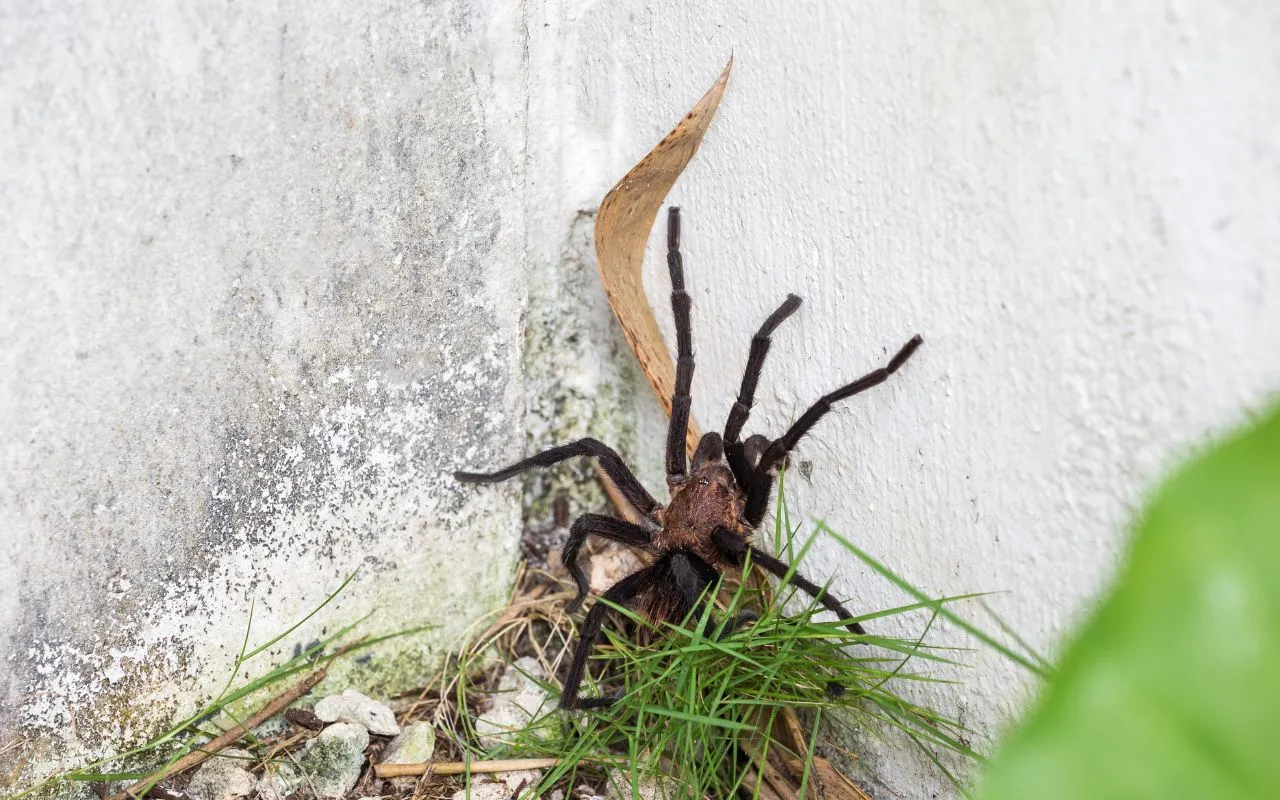What is a Texas Tan Tarantula?
The Texas tan tarantula (Aphonopelma hentzi) is a fascinating arachnid found throughout the southwestern United States, including the Houston area. These large, hairy spiders are a common sight in the region, particularly during mating season. Despite their intimidating appearance, they are generally not aggressive and play an important role in the local ecosystem. Understanding these creatures is crucial for anyone living in or visiting Houston, as it promotes respect and appreciation for wildlife. Learn more about these remarkable spiders!
Appearance and Identification
Identifying a Texas tan tarantula starts with understanding its physical characteristics. These spiders are easily recognizable due to their size and coloration. The Texas tan tarantula is one of the largest spiders in North America, so understanding its physical attributes is an important aspect of understanding this creature. Be sure to take a moment to understand the various attributes.
Size and Coloration
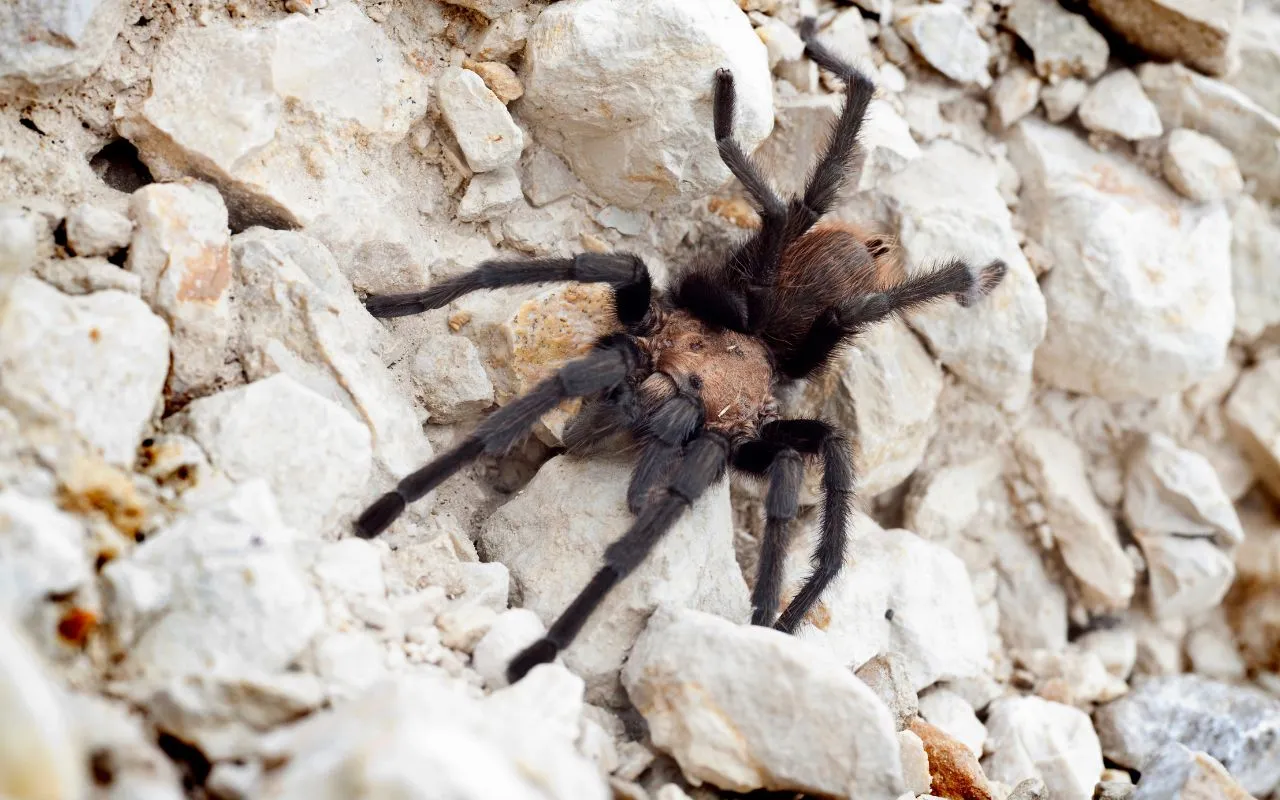
Adult Texas tan tarantulas can have a leg span of up to 5 inches, making them quite noticeable. As the name suggests, they typically have a tan or brown coloration, which helps them blend into their natural habitat. Their bodies are covered in fine hairs, giving them a fuzzy appearance. The males are often darker in color and have longer legs than the females.
Distinguishing Features
Besides their size and color, several features distinguish the Texas tan tarantula. They have eight eyes arranged in two rows, which helps them see in various directions. Their fangs are large and strong, used for capturing and injecting venom into their prey. The presence of spinnerets at the end of their abdomen is another distinguishing feature, used for producing silk to create webs and nests. These specific characteristics are what separate this species from others.
Habitat and Distribution
Texas tan tarantulas are primarily found in the southwestern United States, from Texas to Arizona. They prefer warm, dry climates and are often found in grasslands, prairies, and scrublands. They are adapted to living in burrows, which provide shelter from the sun and predators. Understanding their habitat and distribution is essential for spotting these spiders.
Where They Live in Houston
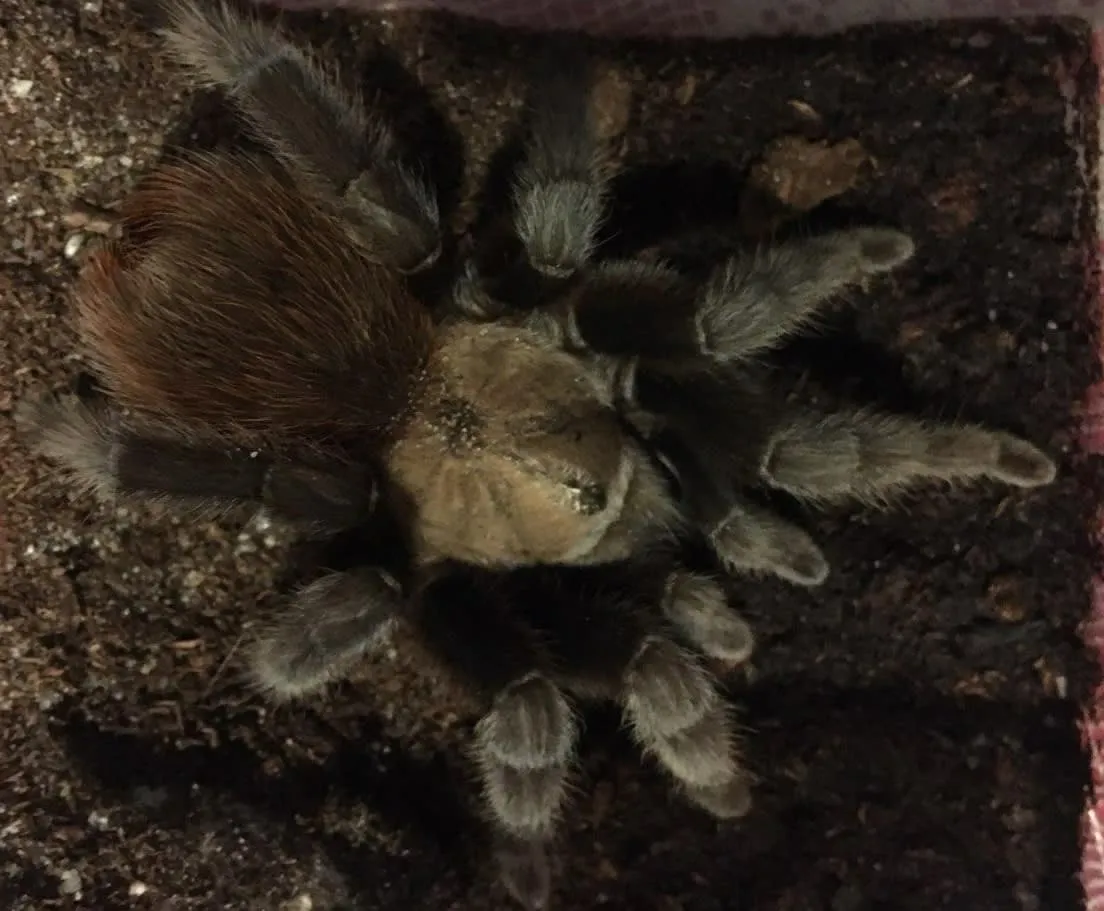
In Houston, Texas tan tarantulas can be found throughout the city and surrounding areas. They are more common in areas with less development, such as parks, green spaces, and undeveloped lots. They can also be found in suburban backyards, especially if there are suitable burrows or hiding places. Keep a lookout in these areas.
Common Habitats
Texas tan tarantulas typically inhabit burrows in the ground, which they dig themselves or take over from other animals. These burrows can be several inches deep and are often lined with silk to provide stability and insulation. They also like to hide under rocks, logs, or other debris, providing cover from predators and the elements. They generally choose protected habitats.
Diet and Hunting Habits
Texas tan tarantulas are opportunistic predators, meaning they will eat whatever they can catch. They primarily feed on insects, such as crickets, grasshoppers, and beetles. They also consume other invertebrates, such as spiders and small vertebrates. Understanding their diet is crucial for gaining insight into their ecological role.
What Texas Tan Tarantulas Eat
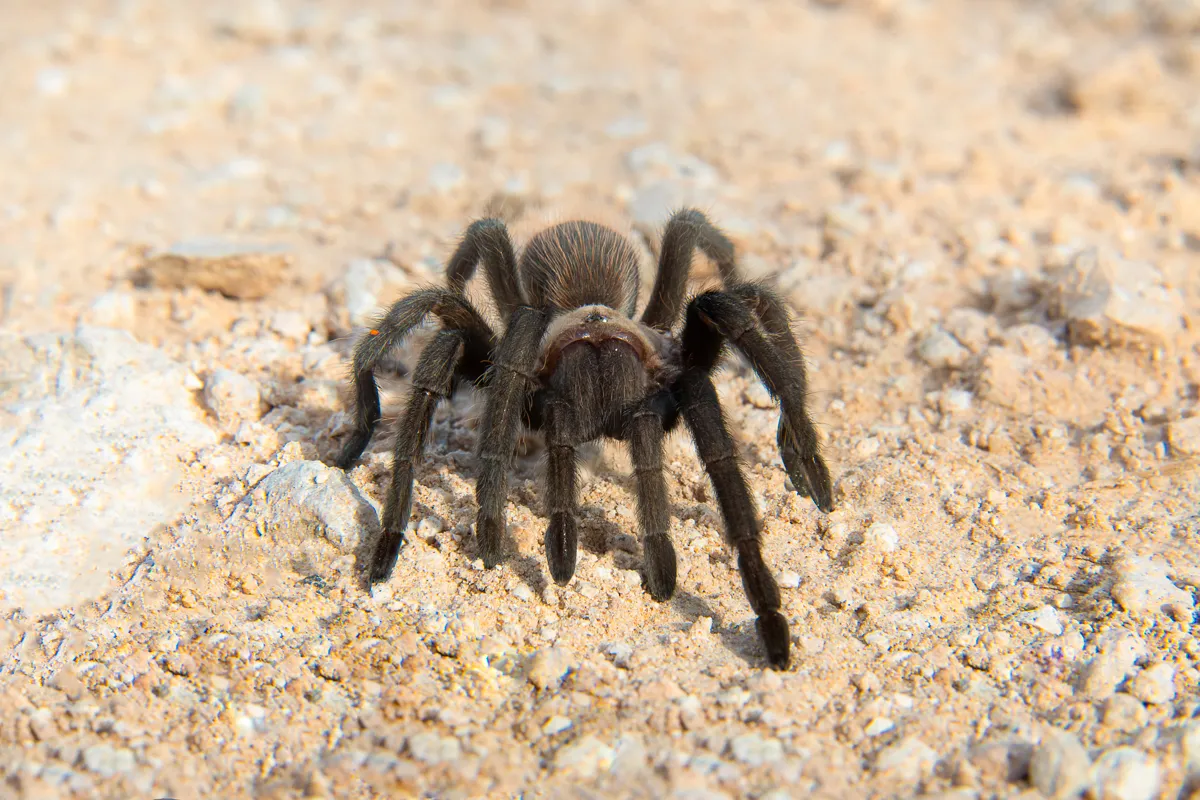
The diet of a Texas tan tarantula consists mainly of insects. Crickets, grasshoppers, and beetles are common prey. In addition, they may consume other spiders, centipedes, and even small lizards or mice, depending on their size and the availability of food. They can go for extended periods without eating.
Hunting Strategies
Texas tan tarantulas are ambush predators. They typically wait near the entrance of their burrow or under cover, patiently waiting for prey to come within striking distance. When an opportunity arises, they quickly pounce on their target, using their fangs to inject venom. The venom paralyzes the prey, which is then carried back to the burrow to be consumed.
Behavior and Temperament
Despite their fearsome appearance, Texas tan tarantulas are generally not aggressive. They are more likely to flee than to attack if threatened. However, they do possess several defensive mechanisms to protect themselves from predators. Understanding their behavior is important for safely observing these spiders.
Defensive Mechanisms
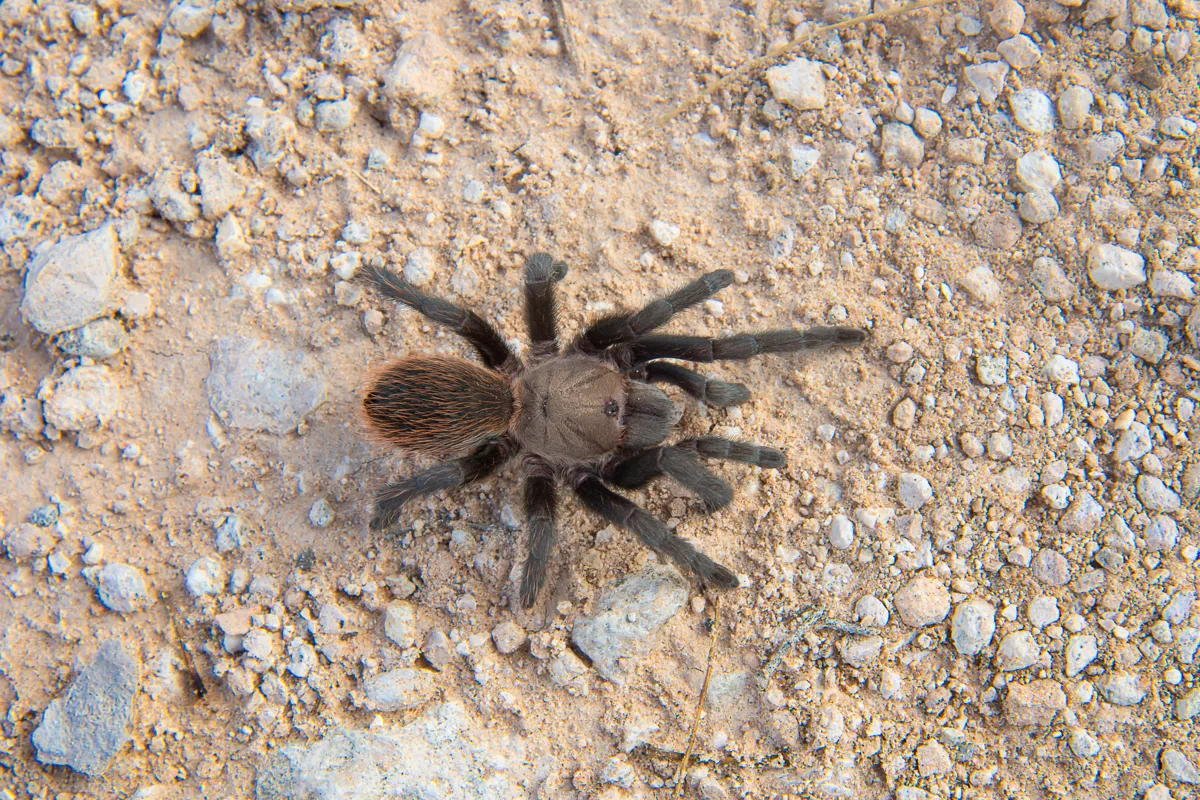
When threatened, Texas tan tarantulas may exhibit several defensive behaviors. They can flick urticating hairs from their abdomen, which can cause irritation to skin and eyes. They may also raise their front legs and display their fangs in a threatening posture. Bites are rare, but can be painful and cause localized swelling.
Interaction with Humans
Encounters with Texas tan tarantulas in Houston are not uncommon. If you encounter one, it is best to observe it from a distance and avoid provoking it. They are generally harmless, but it’s wise to give them space. They are often seen during the mating season when males are actively seeking mates. Respect their space.
Life Cycle and Reproduction
The life cycle of a Texas tan tarantula involves several stages, from egg to adult. Understanding this process provides insight into their population dynamics and survival strategies. The mating season is a particularly interesting part of their life.
Mating and Egg Laying
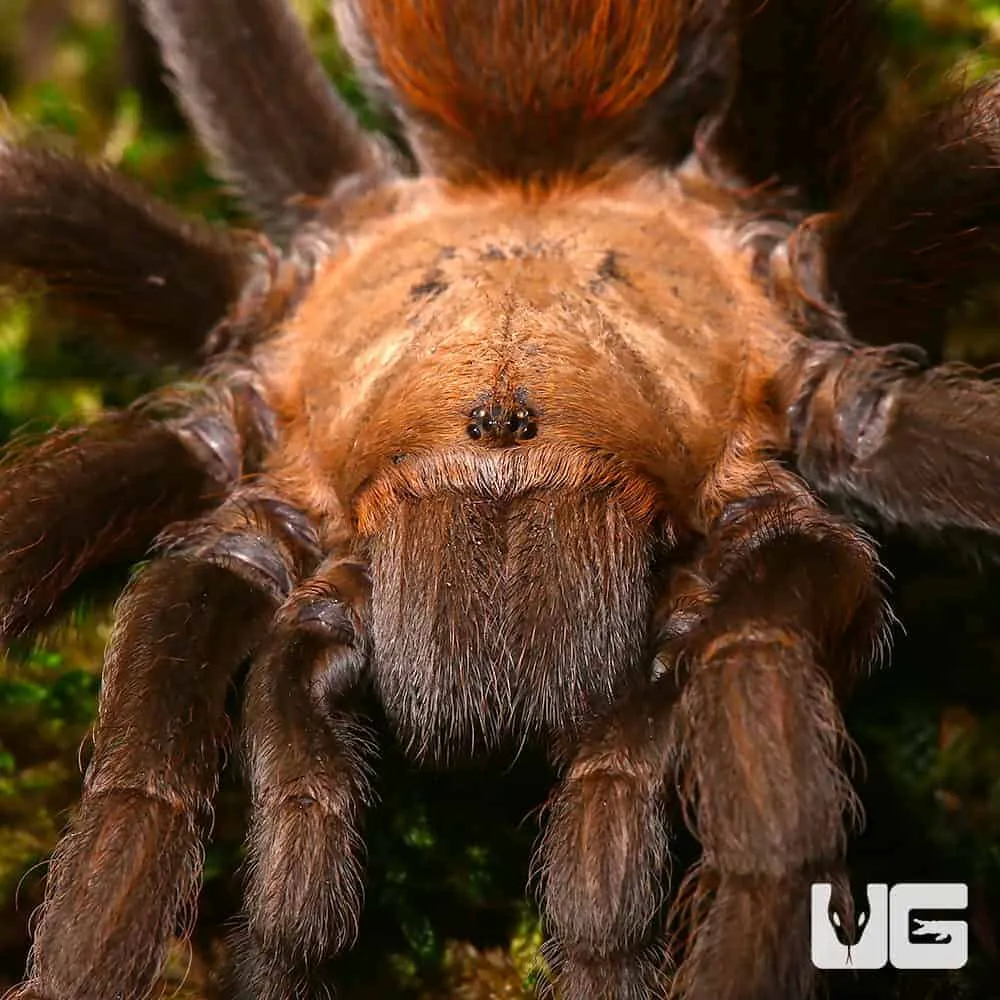
Mating typically occurs in late summer or early fall. The male tarantula will travel in search of a receptive female. After mating, the female lays hundreds of eggs in a silken egg sac. She then guards the sac until the spiderlings hatch.
Growth and Development
The spiderlings go through a series of molts as they grow, shedding their exoskeletons to accommodate their increasing size. It can take several years for a tarantula to reach adulthood. Females can live for several years, while males typically have a shorter lifespan.
Conservation Status
The Texas tan tarantula is not currently listed as an endangered or threatened species. However, habitat loss and other factors can pose a threat to their populations. Conservation efforts are essential to ensure their survival.
Threats to Texas Tan Tarantulas
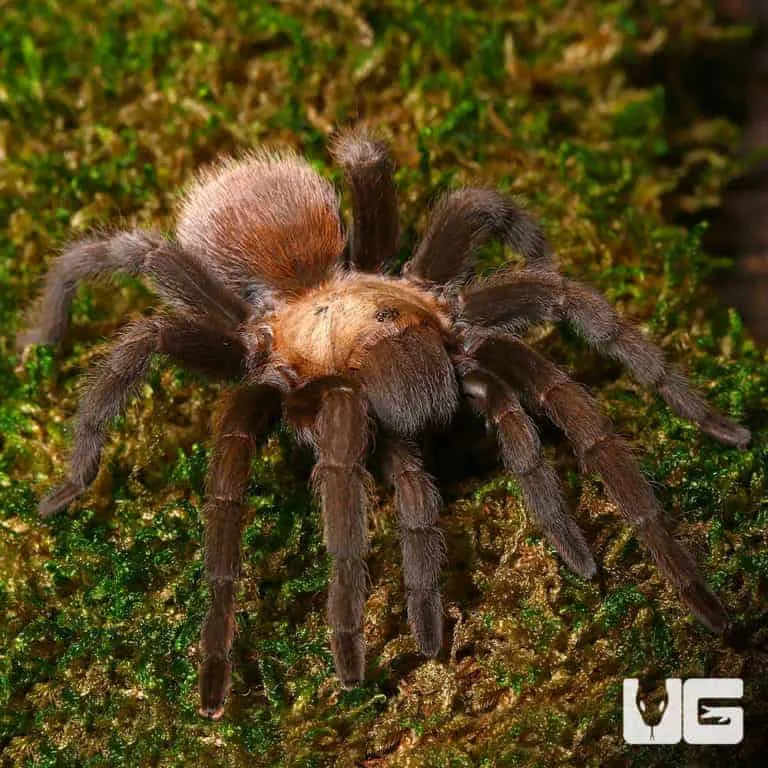
The primary threats to Texas tan tarantulas are habitat loss due to urbanization and agricultural development, and the use of pesticides. Overcollection for the pet trade can also impact their populations in some areas. Other factors, such as climate change, may also affect their survival.
Conservation Efforts
Conservation efforts include habitat preservation, promoting responsible land management practices, and educating the public about the importance of tarantulas in the ecosystem. Avoiding the use of pesticides and supporting responsible pet ownership are also critical steps in protecting these spiders.
Fun Facts
Texas tan tarantulas are full of surprises. Here are some interesting facts about these fascinating creatures. Learn some unique aspects that may surprise you.
Interesting Behaviors
Texas tan tarantulas have some interesting behaviors, such as their mating rituals and the way they care for their young. The males can tap on the females’ burrow to signal their presence. The females also display some unique behaviors related to nesting and egg-laying.
Tarantulas and Human Culture
Tarantulas have played a role in human culture for centuries, with varied perceptions. They have been featured in movies, literature, and art, often portrayed as symbols of fear and mystery. In some cultures, tarantulas are viewed with respect and even as a source of food or medicine. These spiders can also be kept as pets.
